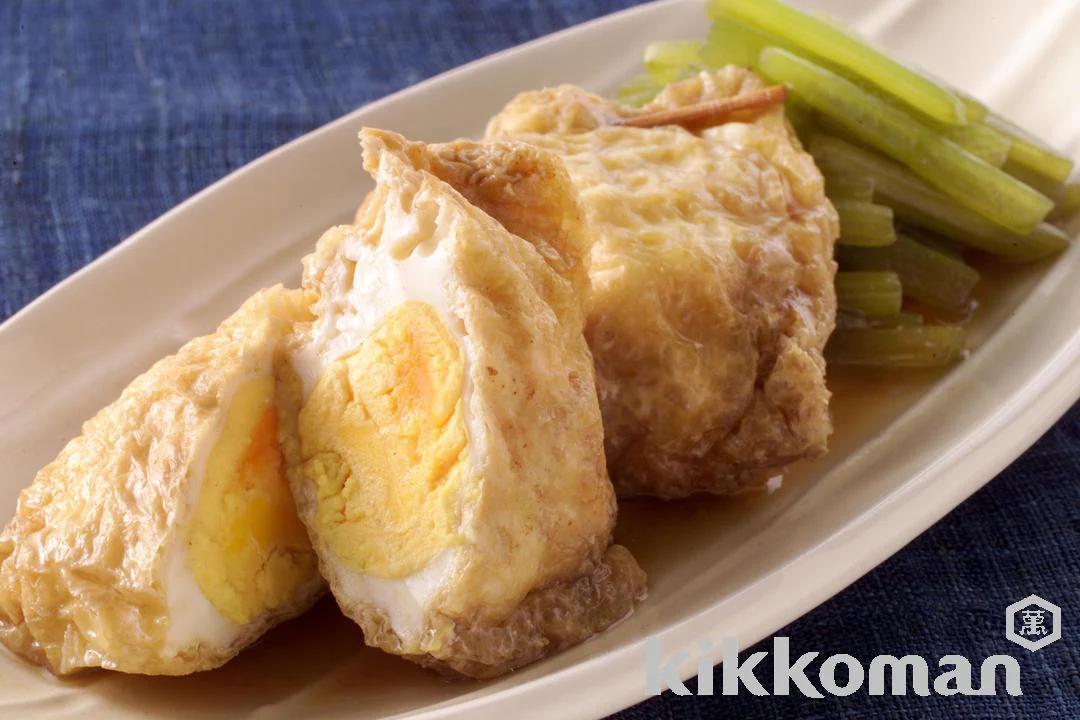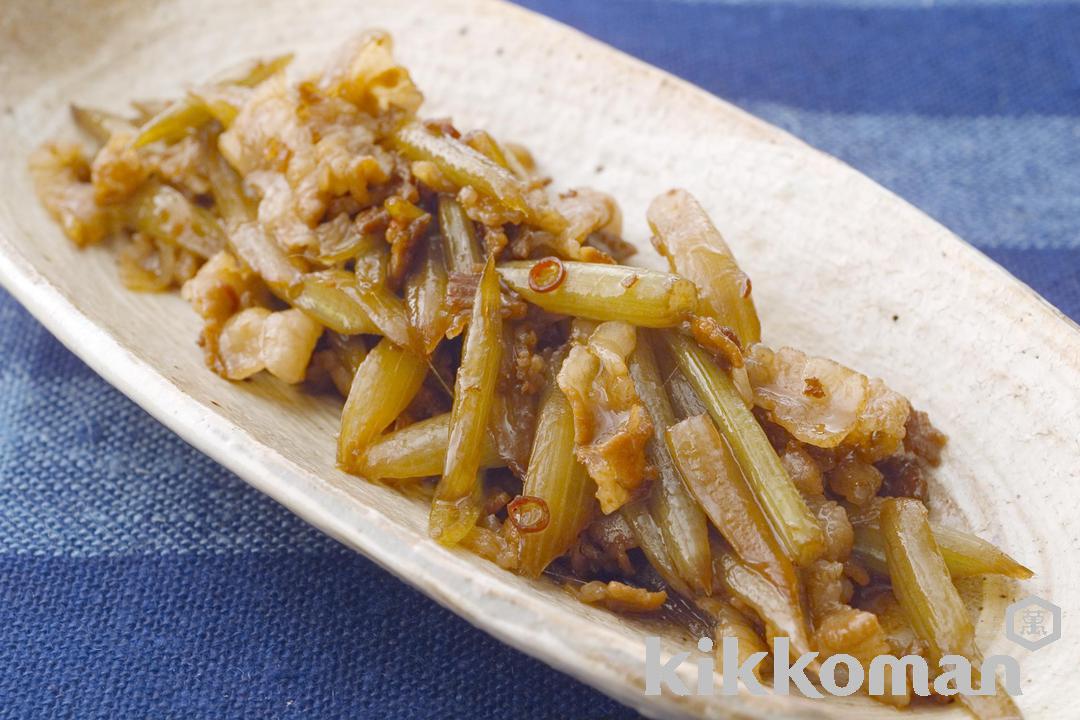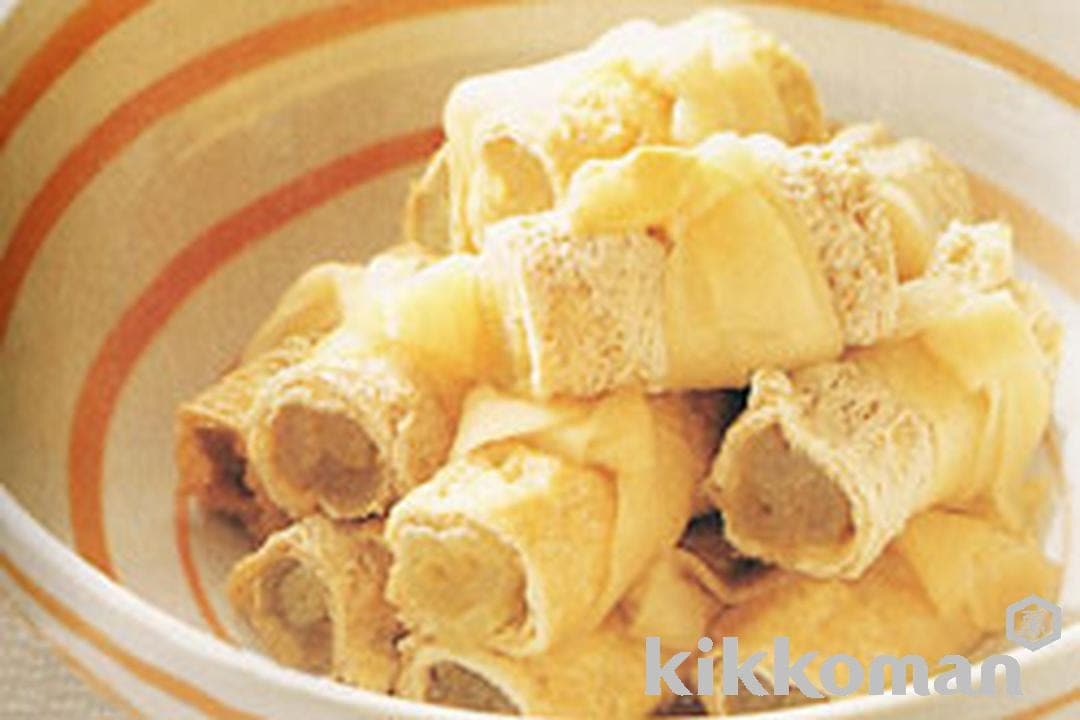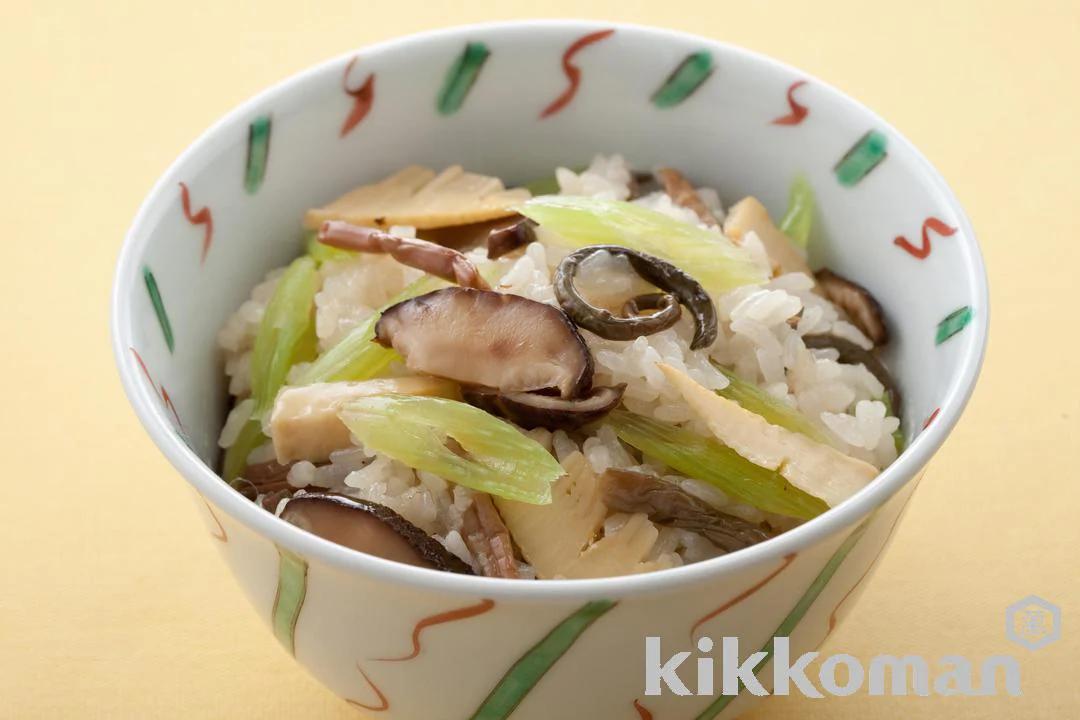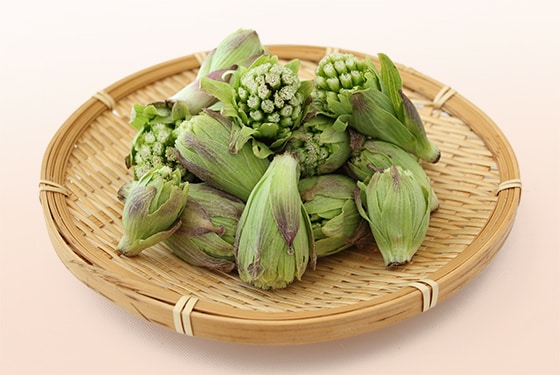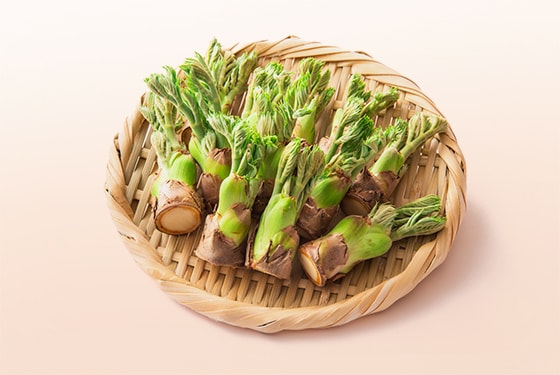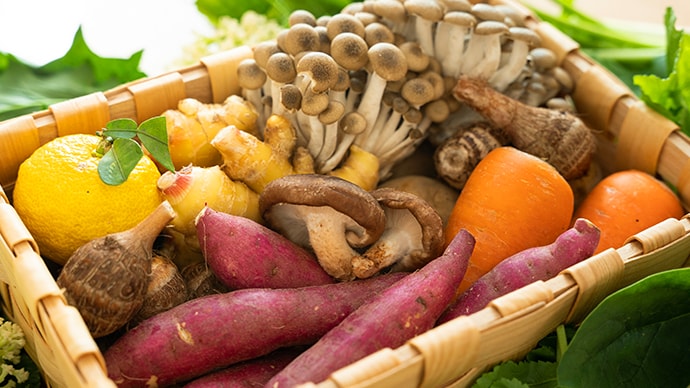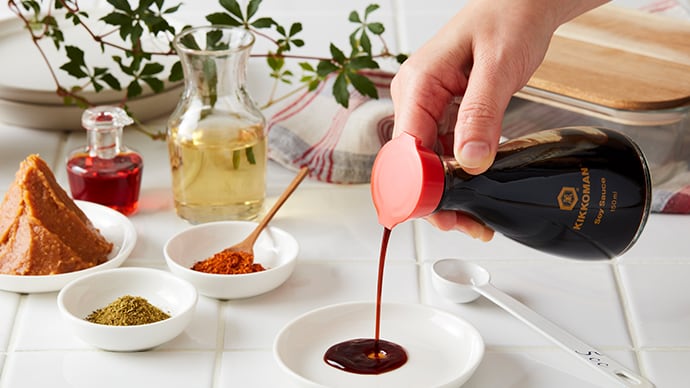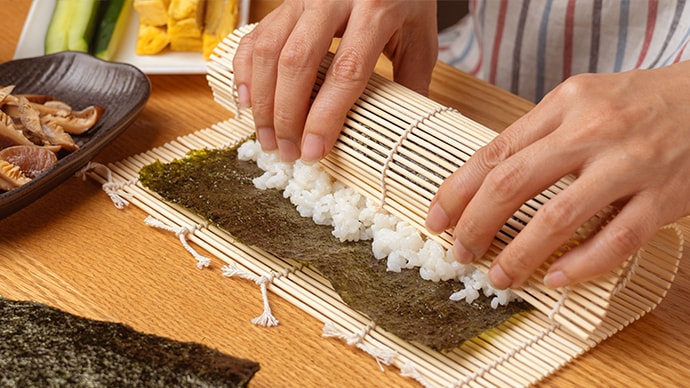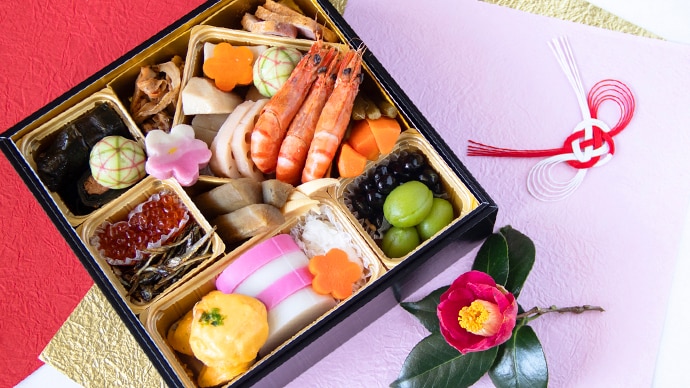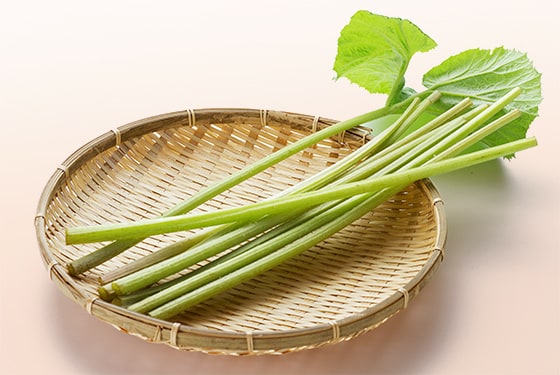
A vegetable native to Japan, identifiable by its unique fragrance and slightly bitter taste.
What is fuki?
Fuki / Japanese butterbur (ふき in Japanese) is a vegetable native to Japan. It used to grow in the wild, but most of the ones in circulation today are varieties that have been grown in Aichi Prefecture. Butterbur stalks simmered in soy sauce or sake until dark brown are called "kyarabuki." These have a high shelf life and are one of Japan's traditional foods. Fuki is loved as a side dish to rice, along with "fuki miso," which is made by chopping butterbur leaves finely and simmering them in soy sauce, miso, and mirin.
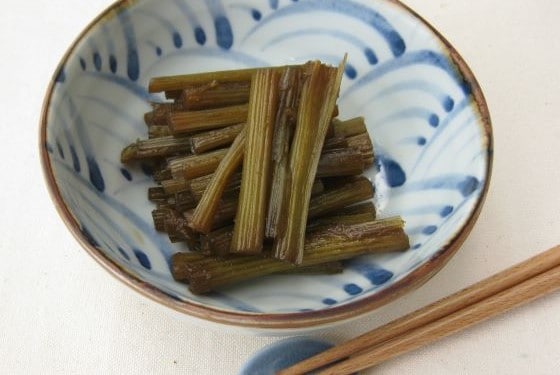
Nutrition facts
Fuki offers a treasure trove of dietary fiber. It is extremely low in calories because it consists of more than 95% water. It contains no fat but is rich in insoluble dietary fiber. Fuki contains phytochemicals called chlorogenic acid and fukinolic acid, which is unique to the butterbur plant. Its bitterness comes from the presence of compounds called terpenes. In Japan, fuki has long been said to improve stomach health and treat indigestion, and it is thought that the terpenes promote stomach function and the secretion of digestive juices.
It is rich in potassium, which helps to excrete sodium and regulate blood pressure. Therefore, when eating foods that are high in salt, consuming butterbur together can help reduce swelling and prevent high blood pressure.
Storage to prevent food loss
Cut the fuki that has been soaked to remove the bitterness into bite-sized pieces, place it in a storage container, cover it with water, and store it in the refrigerator. If you change the water every day, it can last for up to a week. If you boil and cut the butterbur, wrap it in plastic wrap, put it in a plastic bag, and freeze it, it will last for about a month.
Trivia
Fuki becomes more bitter over time after harvesting, so it is important to boil it as soon as possible after obtaining it.
Cooking Basics
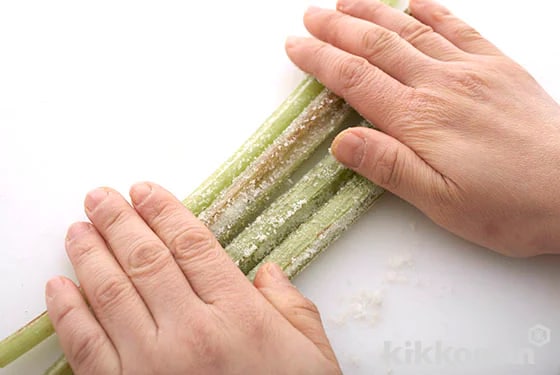
Place the fuki on a cutting board, sprinkle on some salt, and roll the fuki back and forth with your palms. Use about 2 Tbsp of salt per 4 to 5 stalks. Rolling in salt will make the color more vivid and the skin easier to peel.
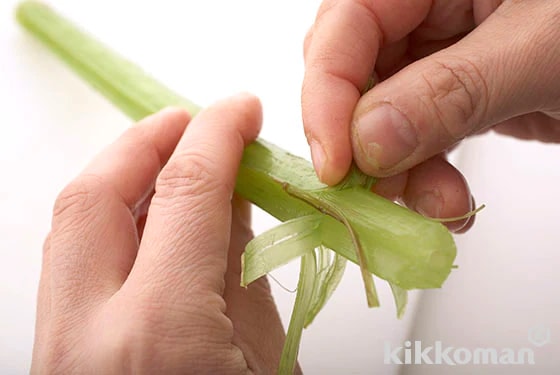
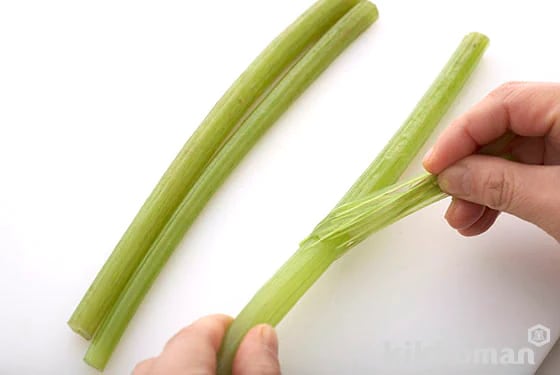
Boil, soak in cold water, and then peel off the thin layer of skin. If you peel back several strips about 3 cm (1.2 in.) long and then gather these together and pull off the skin all at once, the peel can be efficiently removed without ripping half way through.
Related Recipes
40min
214kcal
600mg


